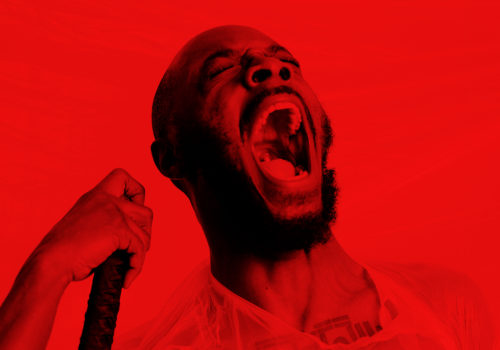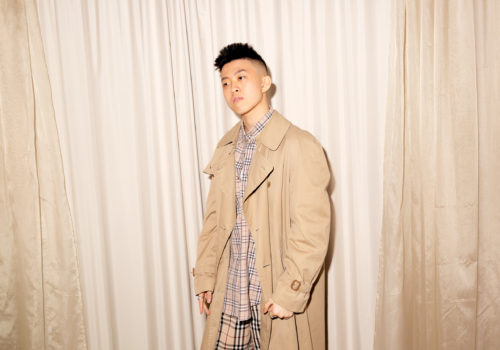What is the power of Psilocybin?
Words: Dylan Murphy
Header Artwork: Cian Ryan
After decades of censorship, research is resuming on psilocybin, a psychoactive substance that holds the potential to revolutionise mental health treatment. As science moves to explore experiences that indigenous cultures have indulged in for centuries, pop culture fascinates over the power of the unknown quantity. But can science and the spiritual world co-exist without compromising the magic in the mushrooms?
Between the months of June and September, high in the mountains of Oaxaca, Mexico, psychedelic mushrooms used in sacred healing rituals grow in abundance. For thousands of years, locals have ingested the mind-altering fungi under the supervision of shamans conducting spiritual ceremonies. The main conditions needed for these mushrooms to grow are a drop in temperature and heavy rainfall. That’s why, in an albeit simplistic view, between the months of September and November, you are as likely to see magic mushrooms on Antrim’s golf courses as you are on Mexican hills during Central America’s rainy season.
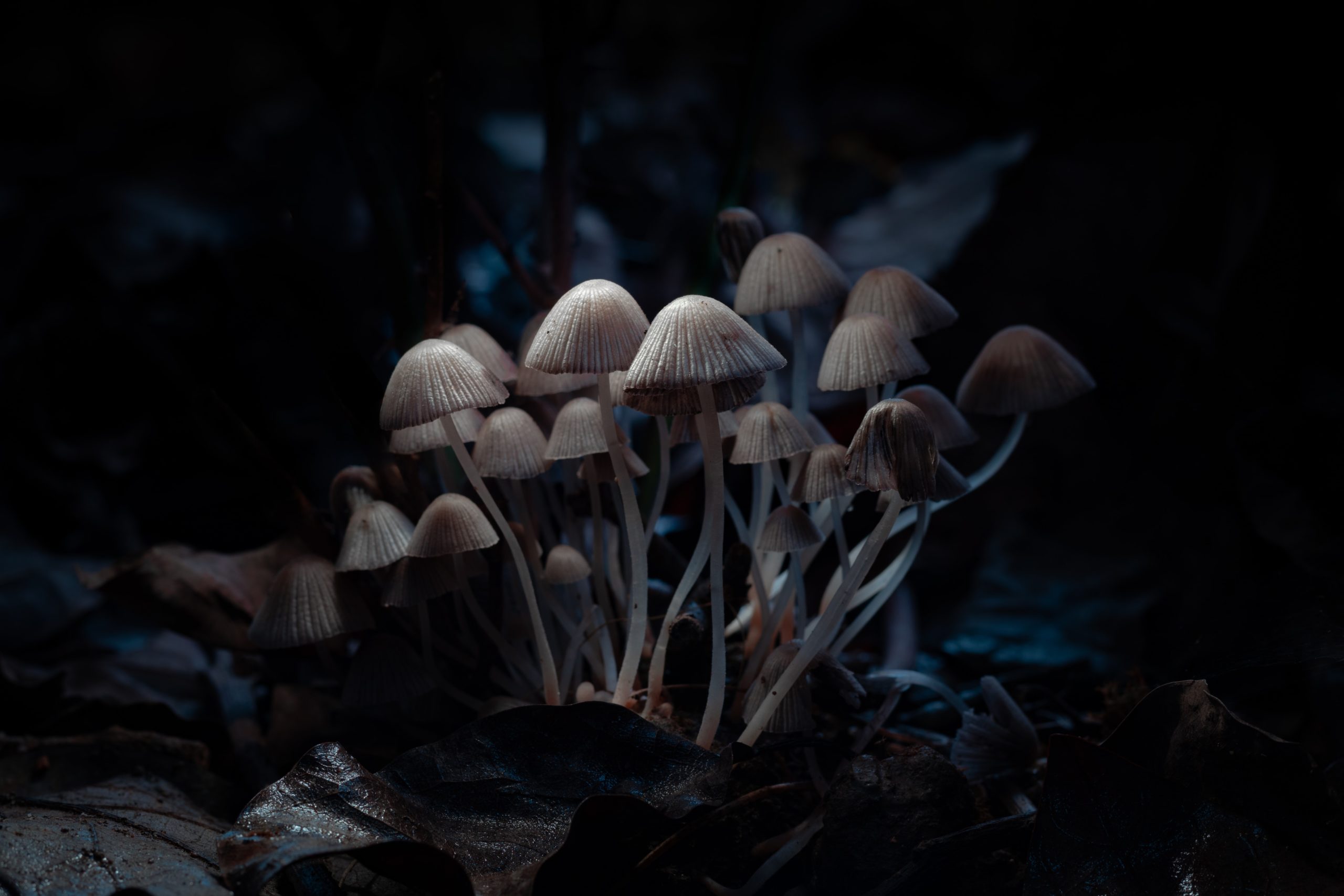
Introduction
While Central America and Siberia are the only two locations with definitive evidence of long-term and deliberate usage of magic mushrooms, the ubiquitous presence of both shrooms and shamanic rituals throughout Ireland’s history has inevitably led to speculation about the possibility of our own ceremonies. Conventional wisdom suggests that magic mushrooms’ psychoactive substance, psilocybin, can increase psychological flexibility and encourage a feeling of connectedness to something bigger than ourselves. So it’s easy to understand why it’s been used in healing rituals for thousands of years. Despite this, western medicine still has an incomplete understanding of the mechanics of how it works and its potential. The lack of progress is unsurprising given the rigid approach to collecting research-based, quantifiable data and, well, the decision to halt all research during the war on drugs. Not to mention the demonisation of psychedelics and their Class A categorisation. It has resulted in a stigma that’s hard to shake and a hesitancy to loosen restrictions on ‘mystical’ experiences that struggle for scientific precision.
However, the last decade has seen the re-emergence of psychedelics in popular culture and subsequently, medical research. They are still illegal in Ireland, but by this point, everyone has had their ear chewed off about the life changing benefits of magic mushrooms from a friend who has listened to a singular podcast about psilocybin. You might have even watched the Micheal Pollen book-turned-Netflix documentary ‘How To Change Your Mind’. Given contemporary interest in technology and Silicon Valley, it’s been hard to miss discourse about the benefits of micro-dosing LSD – which at its best, is part of a search for innovation and at its worst, an extension of neoliberalism’s toxic productivity culture.
Elsewhere, the erasure of third spaces, technological innovation and social media’s increasing grip on society has coalesced to leave people feeling more disconnected than ever. In response, Gen Z are searching for shared connection in psychedelics. The pandemic only amplified these problems, which, depending what way you look at them could be categorised as medical or spiritual issues.


A Mental Health Crisis
Dr. Colm Harrington, a psychiatrist and member of IDPAT (Irish Doctors For Psychedelic-Assisted Therapy, a group that advocates for access to psychedelic assisted therapy) primarily looks at psilocybin through a clinical lens. Frequently, patients will arrive on Colm’s doorstep having tried treatment with a GP, some psychotherapy and even anti-depressants. A combination of the above is usually the best treatment plan for the moment, but it often comes with side effects and sometimes doesn’t work at all. At its core, he and many others in the medical community hope coupling psilocybin with therapy will result in gains in an area of research that’s seen no new recent breakthroughs.
“We’re in a mental health crisis at the moment. Mental health services are under a lot of strain. Especially here in Ireland, we’re so under-resourced and understaffed”, he explains. “WHO (World Health Organisation) recommends spending 12 per cent of your health budget on mental health. Ireland only spends five point one per cent. Most developed countries in Europe would spend closer to fifteen per cent. So we’re really struggling to keep up with the massive need at the moment. We’re really in a big need of something new to come along and make a dent”.
The World Health Organisation recommends spending 12% of your health budget on mental health. Ireland only spends 5.1%. Most developed countries in Europe would spend closer to 15%.
Dr. Colm Harrington, IDPAT
Contextualising psilocybin’s supplementary powers, Colm explains that, in our formative years we consume and summarise any external information to create core beliefs about the world around us in a part of the brain called the ‘default mode network’. Subsequently, this area of the brain continues to filter any new information and this often manifests in rigid patterns of thinking. These cognitions stay with us and predictably, this can cause problems for people if they, for example, grow up being told they are not worthy. It’s only through challenging this through psychotherapy that we’re able to change our minds. However, consciously or unconsciously we often put up walls that stop us engaging fully in psychotherapy. That’s where psilocybin comes in.
“When we take psychedelic medications, they act on a specific serotonin receptor in the default mode network, which decreases its activity”, Colm explains. “So suddenly, all of those prescribed ways of thinking are relaxed. And we’re now able to take in all this new information from our subconscious or from the environment around us and we’re able to process all this previously filtered information and have new perspectives, insights and epiphanies, even. So, it can be very powerful in changing how we see ourselves and the world around us.” These psychological changes also happen much more quickly and could potentially be rolled out on a larger scale, which would help reduce waiting lists.
Suddenly, all of those prescribed ways of thinking are relaxed. And we’re now able to take in all this new information from our subconscious or from the environment around us and we’re able to process all this previously filtered information and have new perspectives, insights and epiphanies, even.
Dr. Colm Harrington, IDPAT
The future looks promising and fortunately, these trials are taking place close to home. Tallaght, to be exact. Dr. John Kelly, a clinical lecturer in psychiatry at Trinity College Dublin and a psychiatrist in Tallaght hospital was an investigator on the largest psilocybin therapy clinical trial ever conducted. It featured 233 patients from 10 countries in North America and Europe, one of which being Ireland with the results to be published in November.
The trial assessed the safety and efficacy of psilocybin therapy at three doses. Patients were referred and went through a rigorous screening process to meet the tight criteria. Throughout a three to six week preparatory phase the patients would meet the therapists and coordinators to prepare them for dosing day. Here they’d receive the psilocybin in a quiet room with specially-selected music in the presence of a licensed-therapist who would be there for the duration of the experience. During trials like these, patients often report visual and auditory perceptual changes, experiences of insightfulness or blissful states. Equally, they might also report anxious states, but everyone broadly experiences a different perception of themselves. Following the sessions they’d answer a questionnaire and attend integration sessions where they’d talk to the therapist about the experience.
Clinical Trials
Clinical trials show reason for optimism but there’s agreement from both traditional and clinical facilitators of psilocybin-based treatments that without the right preparation and precautions, it’s possible to have a traumatic experience with psychedelics. That’s why there’s a huge emphasis on the importance of preparation before ingesting the psilocybin, your mindset, the physical environment during the process, as well as the aftercare. Despite the precautionary consensus, it’s not hard to understand the disconnect between an industry potentially at the mercy of big pharma and ancient traditions that seek to preserve the sanctity of nature. Likewise, both camps have positive and equally valid intentions but ultimately different goals and metrics of evaluating the experiences.
“We believe that it’s important to decouple the spiritual side, the traditional side of psilocybin and psychedelics in this research context because we’re developing mental health treatments for the future”, says Sarah Bateup, lead therapist at Clerkenwell Health, a psychedelic-specialist clinical research organisation based in London. “These mental health treatments will need to be used in World Health Systems by people from many different populations, who won’t necessarily hold with these spiritual beliefs. And it might actually be quite antagonistic for them. It’s a bit like going into hospital and having a crucifix in every room and somebody talking about Jesus Christ. Some people might really like that, but lots of people might not. So it’s important when we’re developing medicines and treatments for work for World Health Systems that we remove the spirituality from those treatments”.
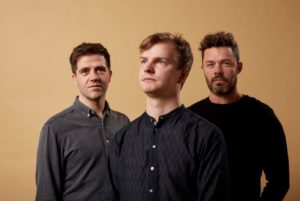
These mental health treatments will need to be used by people from many different populations, who won’t necessarily hold with these spiritual beliefs. And it might actually be quite antagonistic for them. It’s a bit like going into hospital and having a crucifix in every room and somebody talking about Jesus Christ.
Sarah Bateup, lead therapist at Clerkenwell Health
Clearly, it makes sense to deliberately remove spiritual artefacts and imagery in search of universal medical treatments. But what if we looked at spirituality through a scientific lens, as a state of mind and an inseparable part of the psychedelic experience? Right now, science is struggling to find the right language to describe these highly complex and subjective states of mind. However, the research suggests, the more powerful these ambiguous, spiritual states are, the more promising the results.
“People have talked about this concept of ‘oceanic boundlessness’, which is an interesting term, but again, it struggles for scientific precision”. However, what is interesting is that the potential of these treatments often lies specifically within the concepts that are hardest to define. John adds, “the reduction in depressive symptoms in this study was correlated with this concept of oceanic boundlessness. So, in other words, if you experienced that to higher level, you’ve experienced lower depressive symptoms.”

“I come at it from a scientific viewpoint. I see spirituality as being a brain state, if you like, or a brain state interacting with the current environment… I don’t think that takes anything away from spirituality. It’s still potentially awe-inspiring; there’s still plenty to find out… Sometimes the spirituality stuff, it can get a bit divided into different camps. I’d like to think– perhaps naively– that this would be a unifying experience, or potentially, for some at least.”
Dr. Darragh Stewart agrees. He’s the co-founder of Inwardbound, an Irish-based therapeutic retreats organisation that also holds psychedelic retreats in The Netherlands, where a loophole makes it legal to work with psilocybin in truffles. As someone from a scientific background who undertook his own spiritual journey with holistic practices, a large part of his mission is bridging the gap between science and spirituality. “As a holder of a PhD from Trinity College, I know science is really important. It sways public opinion and gives us factual results, and we can work on… I think science is actually very spiritual in nature. It’s curiosity. You know, you’re looking at beings with a very fine lens and I think a lot of the early scientists, if you look through history, are actually quite spiritual as well themselves. And same with the philosophers. I think that there will definitely be room for both.”

Medical research costs money. Inevitably, this means big pharma will be involved to varying degrees as psilocybin-assisted therapy becomes increasingly mainstream. Sure, the method of delivery might ruffle feathers but, for the most part, traditional practitioners of shamanic ceremonies and psilocybin-based rituals are not opposed to the introduction of the substance to the medical world. In fact, many welcome it as an arm of mental health care. Ciara Sherlock, an alternative well-being practitioner who has worked with psilocybin for the last eight years believes both schools of thought can coexist. “I just hope with the new kind of medicalisation of psilocybin and other psychedelics coming in that it is accessible for the people who need it but doesn’t take it away from the accessibility of going on a retreat or using it yourself,” she says. “Some people need the medical model and other people just need freedom to explore their consciousness and the right to do that.”
“I think it’s been used traditionally for so long that people should still have the right to practice however they want to and that we should really listen and respect our elders and the people who have been doing this much longer than science has been around.”
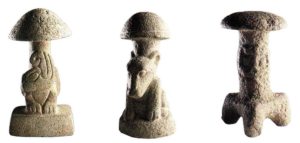
Colm emphasises that more research is needed before psychedelic-assisted therapy is publicly available. Education is also needed, not only for the general public, but within the medical community, where psilocybin is often still regarded with suspicion. “There’s still a bit of a hangover from the propaganda war, the war on drugs in the 60s, so a lot of people who have grown up in the 1970s will still have those kind of ideas that these medicines are incredibly harmful”, he explains. “I gave a presentation before in hospital about psychedelic therapy and some of the consultants were a bit upset about it since they argued that I was presenting evidence from phase two trials, which weren’t high powered enough trials to make any judgments on. One consultant went on to make an argument that they’d heard a story about someone who cut off his penis because he was high on LSD. If you know anything about evidence hierarchies, you’ll know that phase 2 trials carry much greater weight than anecdotal evidence. That just illustrates the emotional charge that still surrounds psychedelics that even experienced clinicians can lose all rationality when talking about them.”


Sarah supplemented this notion of stigma in the medical community with the additional note that many people still have the perception that “psychedelics are for hippies.”
“There’s stigma on both sides. I think it’s really important that they see that the people that are conducting this research are quite boring people that look quite ordinary.” Ultimately, it’s this research that will sway public opinion and John is encouraged by the latest trial’s results.
“So, it showed that the 25 milligram group had a 37 per cent response rate, meaning a 50 per cent or more decrease in depressive symptoms from baseline to week three. So that’s a positive”, John says. He acknowledges by week 12 that response rate did drop to 20 per cent but he outlined strategies to explore such as dose and dosing interval that may improve the response rates.
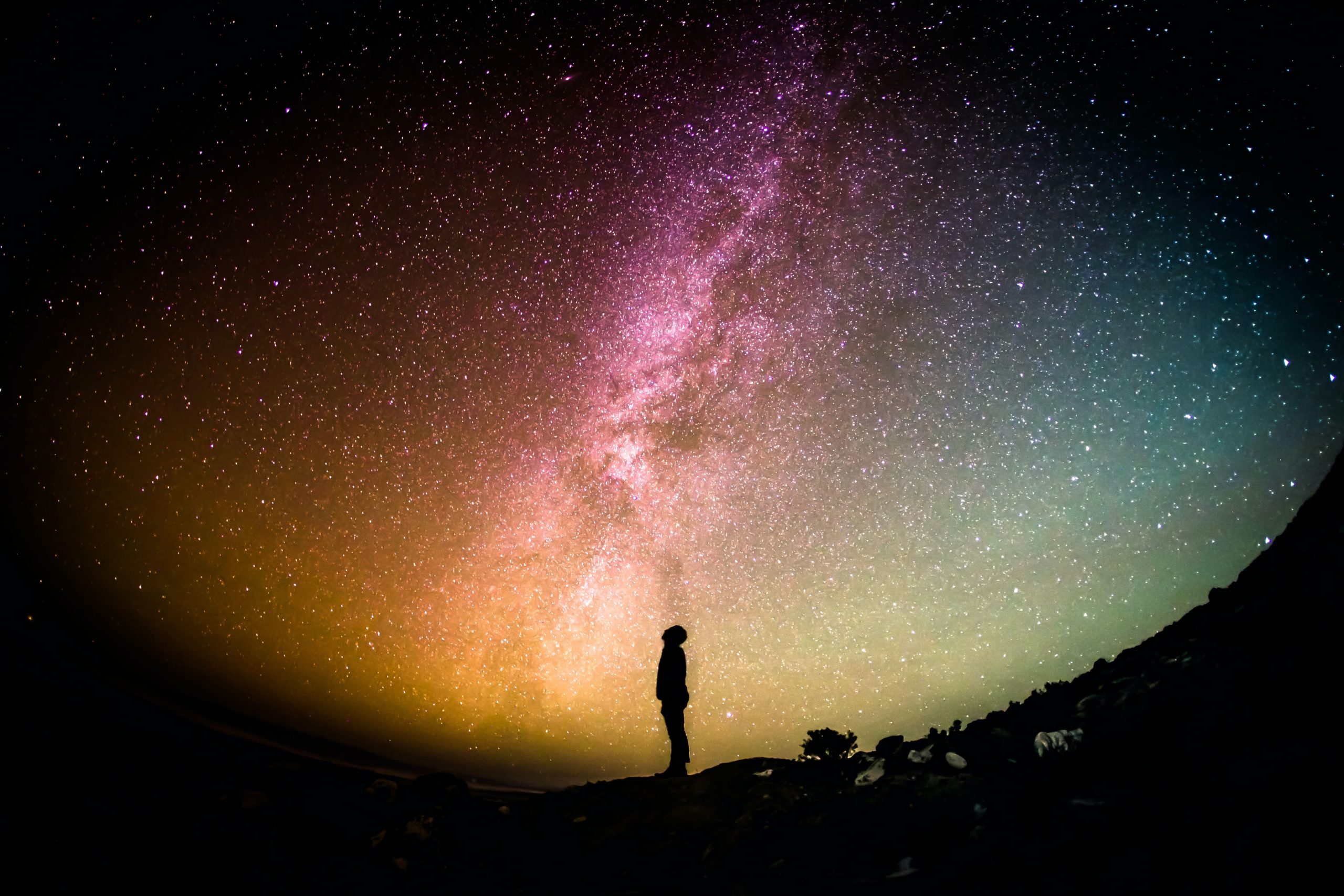
Unanswered Questions
Either way, there’s still so much to be answered. What works for whom, and how does it work? Would psilocybin still work if the psychedelic experience was removed? How important is the music during the therapy and what would be the efficacy when scaled to the wider population?
For Ciara and many others, those unanswered questions are part of the appeal. “In one way, there is and will always be conflict between science and spirituality in relation to how they relate to the psychedelic experience. Science tries to put labels on and define a psychedelic experience and spirit”, she says. “Spirituality doesn’t try to do that. It just allows the mystery and the unknown”.
Science tries to put labels on and define a psychedelic experience and spirit. Spirituality doesn’t try to do that. It just allows for the mystery and the unknown.
Ciara Sherlock, Alternative Wellbeing Practitioner
Science is still determining psilocybin’s therapeutic capacity in explicit terms and it’s never been regarded as a silver bullet but there’s value in honouring revelatory experiences we don’t yet have the language for Darragh asserts. “I think the power of psilocybin is to bring people into the present moment”, he explains. “To acknowledge you know who they are, and if they have any difficult feelings or emotions, to be able to meet those and see them as just a part of life and to be able to process them and accept them. To allow them to move through just as energy moves through the body. I think there’s great power in being able to acknowledge one’s feelings and see them as just a natural process in life and to be able to step forward more empowered, stable and deeply connected to your own authenticity and who you are in the world”.




